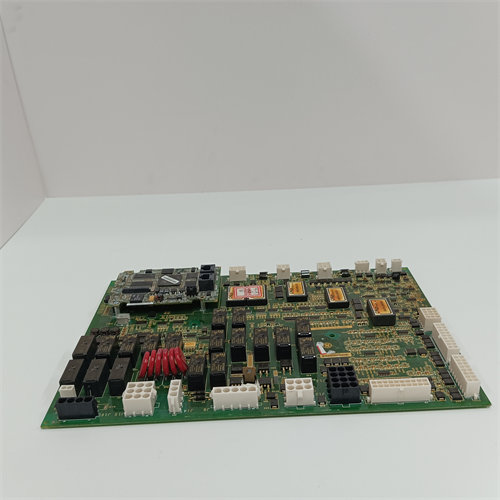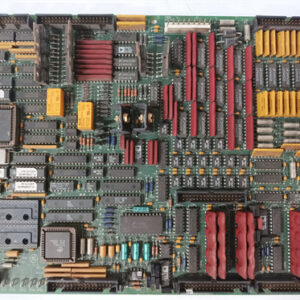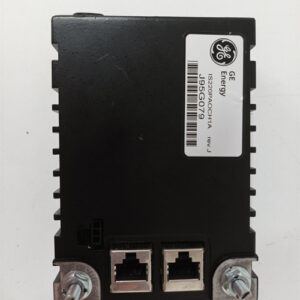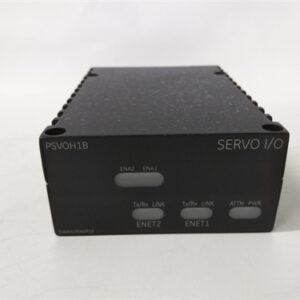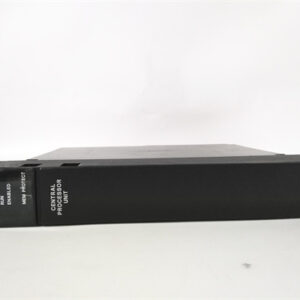الوصف
The GE DS200TCEAG1A is an Emergency Overspeed Card for the Mark V Speedtronic turbine control system. It is a safety-critical component specifically designed to monitor turbine speed and initiate a protective trip (shutdown) if the speed exceeds a predefined, safe limit. This is a crucial, hardwired safety function that operates independently of the main control logic.
Technical Breakdown 🧠
This card is a core part of the Mark V’s overspeed protection system, designed for maximum reliability and fault tolerance.
- Safety-Critical Monitoring: The primary purpose of the DS200TCEAG1A is to prevent a catastrophic turbine failure due to overspeed. It receives signals from dedicated speed sensors, typically magnetic pickups mounted to the turbine shaft. These signals are conditioned and continuously monitored by the board’s internal circuitry.
- Triple Redundancy (TMR): The Mark V system is known for its Triple Modular Redundant (TMR) architecture, and the overspeed system is a prime example. The turbine typically has three identical TCEA cards (one for each of the R, S, and T processors) and three independent speed sensors. All three cards monitor their respective sensors in parallel. If a majority of the cards (e.g., two out of three) detect an overspeed condition, they initiate an immediate turbine trip. This redundancy ensures that the system can withstand a single point of failure without compromising safety.
- Hardware-Based Trip: The emergency overspeed trip is a hardwired, high-speed function. Unlike a control action that relies on software, the trip signal from the TCEA board is sent directly to the trip solenoids and relays. This ensures that the shutdown is initiated with minimal delay, regardless of the state of the main control software.
Applications 🏭
The DS200TCEAG1A is a fundamental component in the emergency trip systems of Mark V turbine control panels for:
- Gas Turbines
- Steam Turbines
- Hydro Turbines
It serves as the last line of defense against overspeed conditions, providing a critical layer of safety for both equipment and personnel.
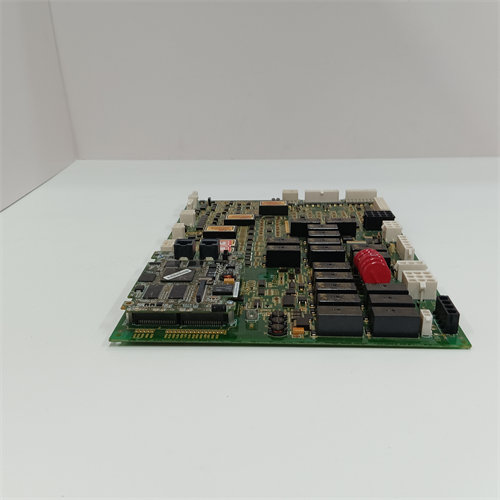

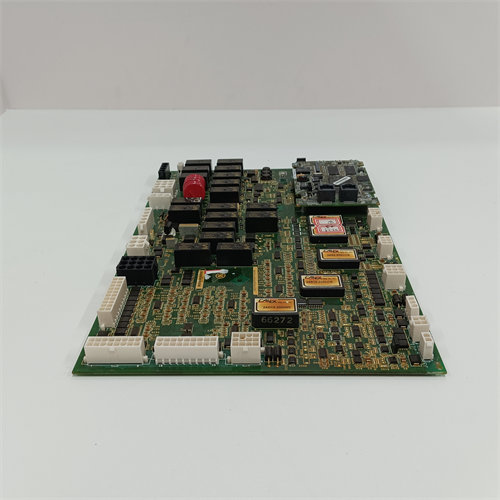
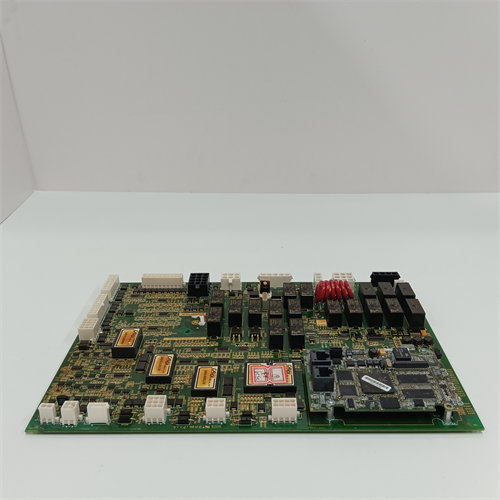

 +86 15340683922
+86 15340683922 +86 15340683922
+86 15340683922